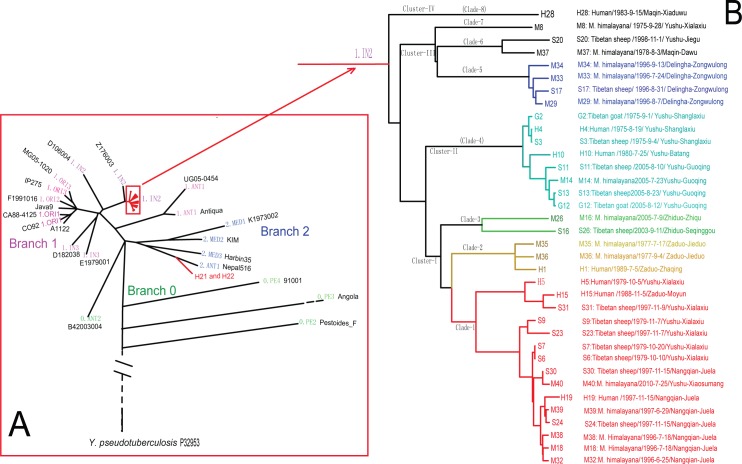Fig 2. Phylogenetic tree of Y. pestis and the population structure of 38 Y. pestis isolates in our study.
Phylogenetic relationships and population structure were determined by Bayesian evolutionary analysis based on genomic SNPs. Lower left (A): phylogenetic tree of Y. pestis yielded by genome-wide SNPs in 38 Y. pestis from our study and 21 genomic sequences of Y. pestis from GenBank, rooted in Y. pseudotuberculosis (IP32953). Black text: names of genomic sequences (S2 Table); colored text: branch and population names. Strains isolated from Tibetan sheep or associated human plague cases as well as a panel of isolates from M. himalayana are marked in red. Right (B): reconstruction of the population structure of 36 Y. pestis in the 1.IN2 lineage from the SNP assignments.

